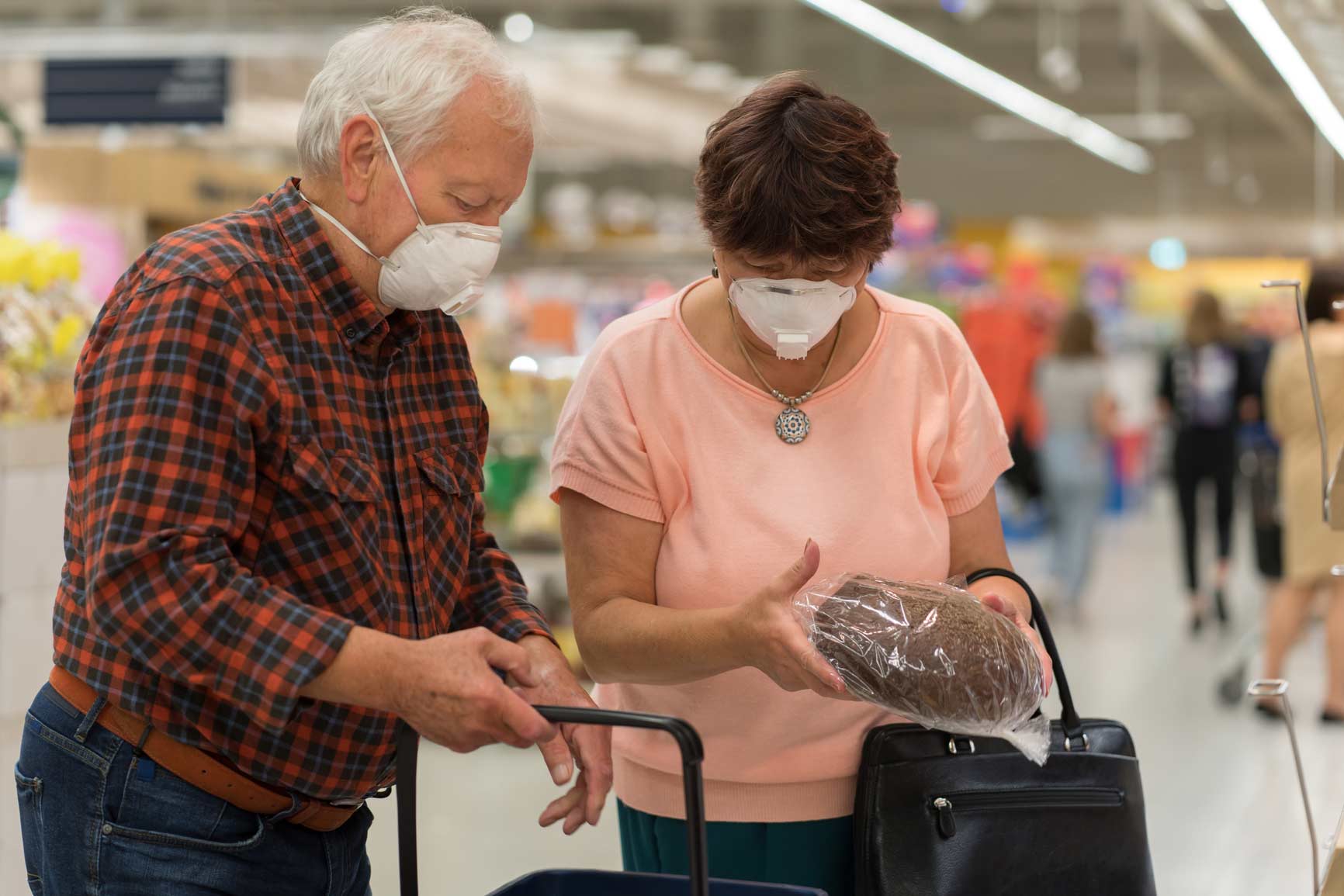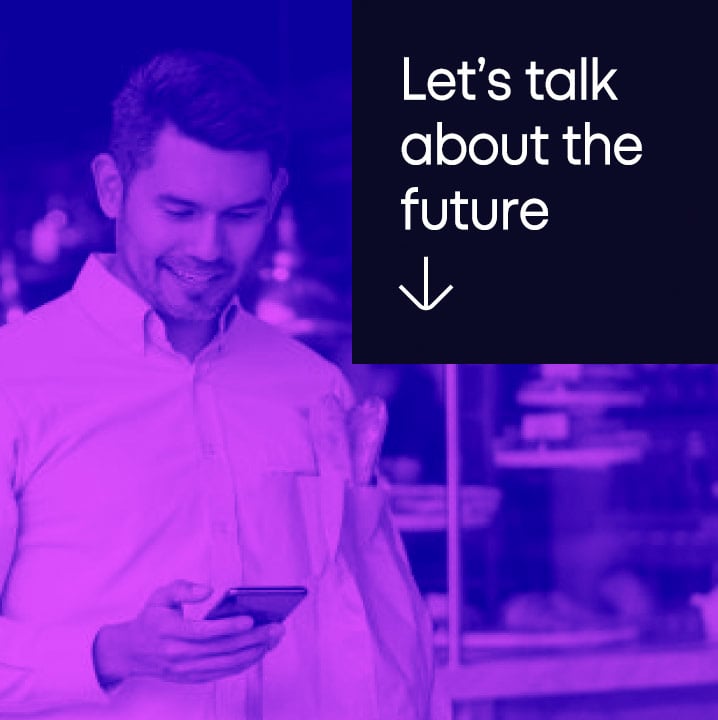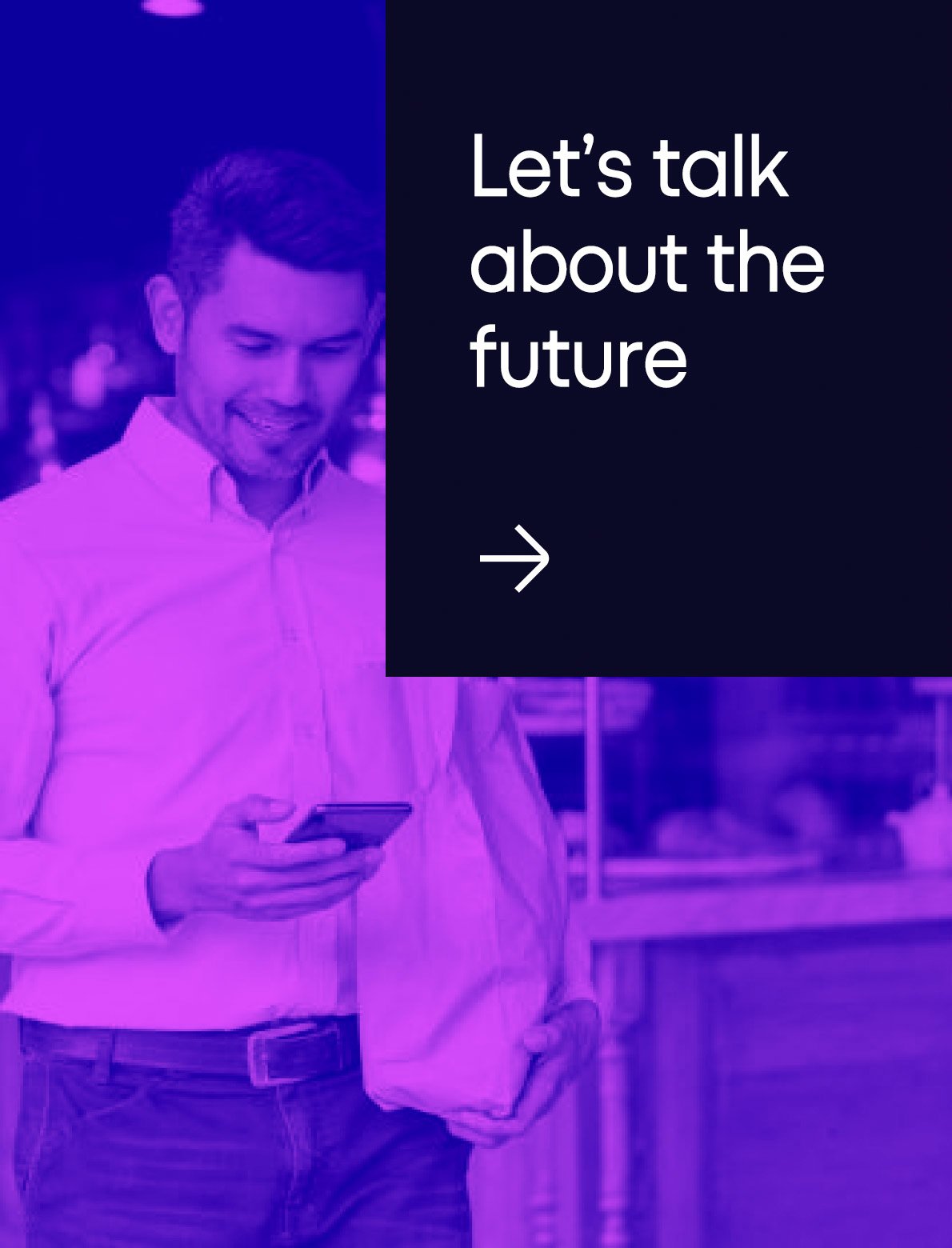The COVID-19 pandemic has accelerated change in numerous areas of everyday life, and one of the most prominent is the rapid adoption of frictionless shopping, checkout-free payments, and new ways to manage the customer experience in retail stores—particularly where food is sold. According to Gartner Research, the projected adoption cycle for “smart checkout” technology platforms has reduced from five to ten years, down to two to five years.
Shoppers have dramatically changed their behavior with the goal of staying safe from the virus, while retailers have had to move fast to protect essential workers and their customers. From transforming their processes for managing checkout lines, modifying working conditions, outfitting employees with personal protective equipment (PPE) and counting shoppers in and out, the changes have been necessary but onerous. Amazon announced in April that it expects to spend $4 billion on COVID-related expenses such as PPE and cleaning facilities.
The added costs and complexities of the pandemic have served to reinforce the value proposition of frictionless shopping. It’s now a matter of “when” to deploy frictionless shopping technology, not “if.” Looking ahead I see a few key trends that are contributing to the rise of checkout-free retail and frictionless shopping:
1. Re-thinking the Checkout Experience for COVID Safety
The pandemic rapidly changed the way we look at the grocery and convenience store environments and customer experience, starting with the checkout line. As the coronavirus started to spread, people started to assess their infection risks. One of the biggest immediate insights for retailers was that the checkout area is probably the riskiest place in the store for contagion.
Retailers adjusted by requiring people to space themselves six feet apart in line, installing plexiglass barriers between cashiers and customers, and requiring employees and customers to wear masks. While these are sound short-term measures, forward-thinking store operators are finalizing plans to eliminate in-person interactions between shoppers and cashiers, not only to maintain social distancing between shoppers and cashiers, but to remove friction from the shopping experience.
Why not make it even easier for shoppers by making it possible to grab their items and leave without having to wait in line? The pandemic has shown the immediate importance of checkout-free shopping for public health and safety, and cashierless shopping will also create a more convenient customer experience well into the future.
2. Three Types of Retailers are Driving Early Adoption
Cashierless shopping technology is adaptable and scalable for retail operations of all sizes, locations, and categories. It’s not just the big chains and big-box stores that can benefit from frictionless shopping technology.
Some of the top early adopters of frictionless shopping technology include:
- Retailers in densely-populated urban areas: The denser big cities are seeing immediate demand for frictionless shopping, especially if they are located in a state or city that is requiring stores to limit capacity during the pandemic. Zippin’s tech platform can help manage store capacity automatically, by showing how many people are in the store at once. It can even automatically open the store doors, depending on how many people are inside.
- Small retailers and convenience stores: Many small stores, family-owned convenience stores, and smaller chains are eager to pivot to checkout-free technology and are able to implement this new technology quickly, at a scale that makes sense for their needs.
- Sports arenas and events centers: Sports arenas, concert halls and events venues need to be able to re-open safely for in-person gatherings when lines form quickly at peak moments like the intermission or half-time. Checkout-free technology can add value to these facilities, improve the customer experience by eliminating lines for selling concessions and boost sales as more transactions can be processed quickly.
3. Beyond the Checkout: Frictionless Shopping Improves Customer Experience
Frictionless shopping can improve store productivity and the in-store customer experience. If store employees no longer need to serve as cashiers, they can be re-assigned to other higher-value tasks, such as customer service, restocking, and fulfilling click-and-collect or curbside-pickup orders.
Frictionless shopping technology can also help stores function better as part of an omni-channel sales strategy. Zippin’s platform gives stores better inventory data and real-time insights into which items are on the shelf, which items are in demand, and how to better connect and integrate the in-store experience with eCommerce.
Frictionless shopping isn’t just about removing checkout lines, it’s about helping people find what they want (online or in-store), and get in and out of the store as quickly as possible.
4. Frictionless Shopping is the “Better Normal”
The pandemic is changing the in-store retail experience forever. Even after the pandemic ends, retail won’t go back to “normal.” People are shopping differently, behaviors and expectations have changed, and retailers are adapting to offer a more convenient, frictionless customer experience.
The benefits of frictionless shopping will last long beyond the pandemic. Forward-thinking retailers who invest in the frictionless future today will deliver a better customer experience and enjoy a brighter future for years to come.




